From Kyoto to Uji, a Trip Far from the Crowds
How about leaving imperial Kyoto behind for a few days and taking some time to discover the inland region instead?
From Lake Biwa, one of the largest freshwater lakes in the country, to Mount Hiei where you’ll find the Enryaku-ji temple, a world heritage site, and Uji, a major tea producer, enjoy this trip off the beaten track, during which time seems suspended. There’s no need for wheels as the Hiei train on the Eizan line, recognisable by its dark green colour, carries visitors away from the crowds and deep into Japan.
1 - Hiking Mount Hiei
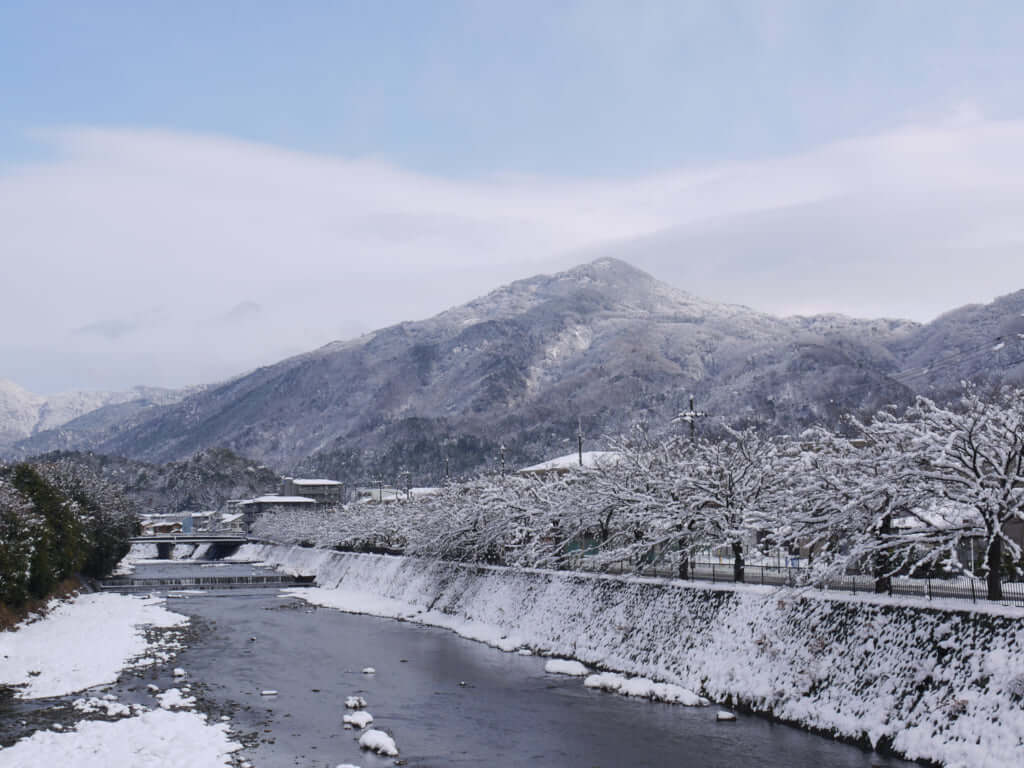
The first stop is Mount Hiei, located on the border between Kyoto and Shiga prefectures and classified as a UNESCO world heritage site since 1994. The summit is accessible via the Sakamoto Cable funicular or the Hieizan road. The latter is a single road over 20 kilometres long and is edged with thousands of flowering cherry trees in spring and with red-leaved maple trees in autumn.
The summit offers an incredible view over Lake Biwa and the neighbouring Enryaku-ji temple. Constructed in 788, this temple was made up of thousands of interconnected buildings among the cedar trees overlooking Lake Biwa. Entirely destroyed in 1571, it was rebuilt a few years later. Of the cluster of small temples spread across the steep slopes of mount Hiei, just three sites remain, and are accessible by hiking trails. Todo is the most visited site and houses a pavilion for the Buddha of health; Saito is home to one of the oldest buildings; and Yokawa has a temple built into the hillside.
2 - Exploring Biwa

©JNTO
Spread over 670 km2, Lake Biwa is one of the biggest freshwater lakes in Japan and is very popular with the Japanese, who come and spend weekends or holidays along its shores. Visitors can try their hand at watersports such as sailing and windsurfing.
Those who are less sporty can admire the Mangetsu-ji temple, a copy of the floating temple constructed on the lake by the monk Genshin in the 18th century to ensure the safety of the people. Hedonists can enjoy the natural Ogoto Onsen found on the west bank of the lake, a peaceful space where visitors can unwind and stay for a few nights in a ryokan, a traditional Japanese guesthouse.
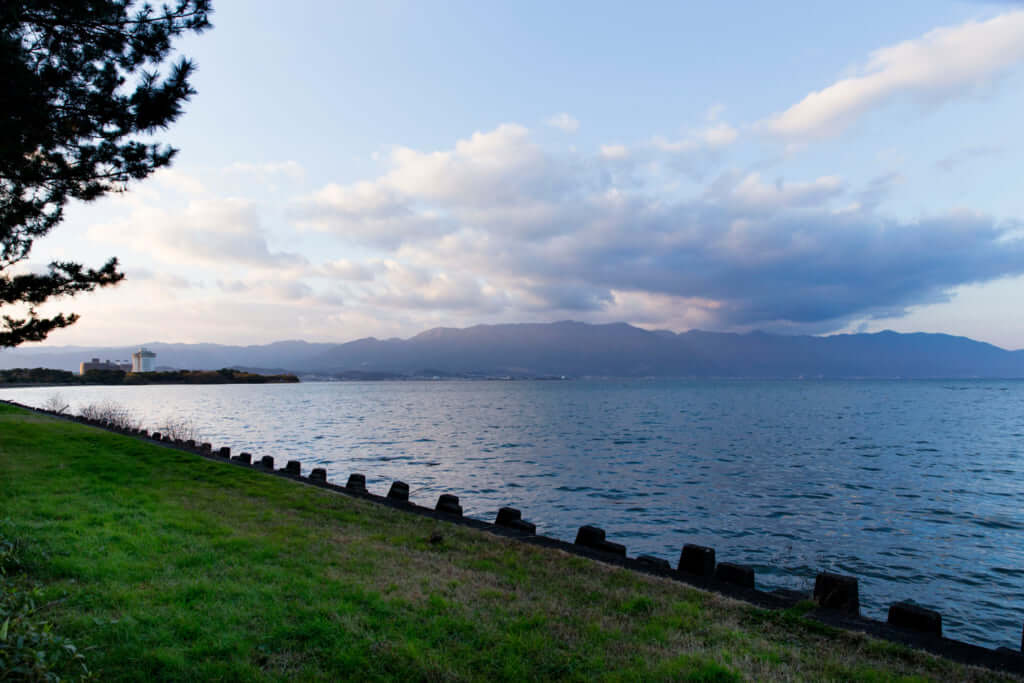
©JNTO
3 - Arts and crafts in Otsu
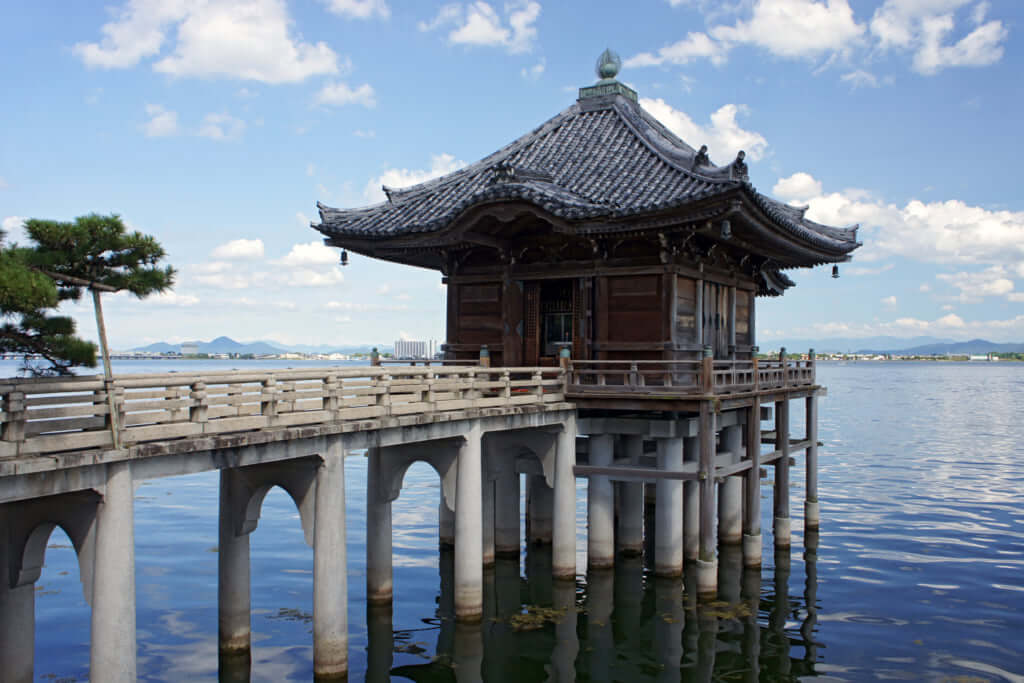
Otsu is a small port town on the shore of Lake Biwa, located at the crossroads of trading routes that traverse the country, notably one that leads to the former capital, Edo. A port used for trading and transport during the 17th century, Otsu is now primarily a tourist port. The town houses numerous little gems for travellers, for example the Ishiyama-dera temple built in the 8th century. This Buddhist temple celebrates Kannon, the divinity of mercy. Murasaki Shikibu, author of the The Tale of Genji, a founding work of Japanese literature, is said to have stayed there. The main pavilion, Hondo, was classified a national treasure as it is the oldest building in Shiga prefecture. It is here, in this tiny room, that Murasaki Shikibu is thought to have written the lines of her novel. The gardens that surround the temple house a statue of the author in the process of writing.
Otsu is also the birthplace of Otsu-e, a popular Japanese art form that emerged in the 18th century and that is practised by the residents of the town and those surrounding it. Families would paint folkloric Buddhist images using stencils and display them for sale on stands by the roadside. This art depended on passing trade traffic and began to die out in the 19th century, particularly due to the arrival of train travel.
Every year in the first weekend of October, the Otsu Matsuri takes place, a festival that has been deemed an important form of cultural heritage. The peak of the two-day festival is undoubtedly the parade of large chariots dedicated to karakuri, automated traditional dolls.
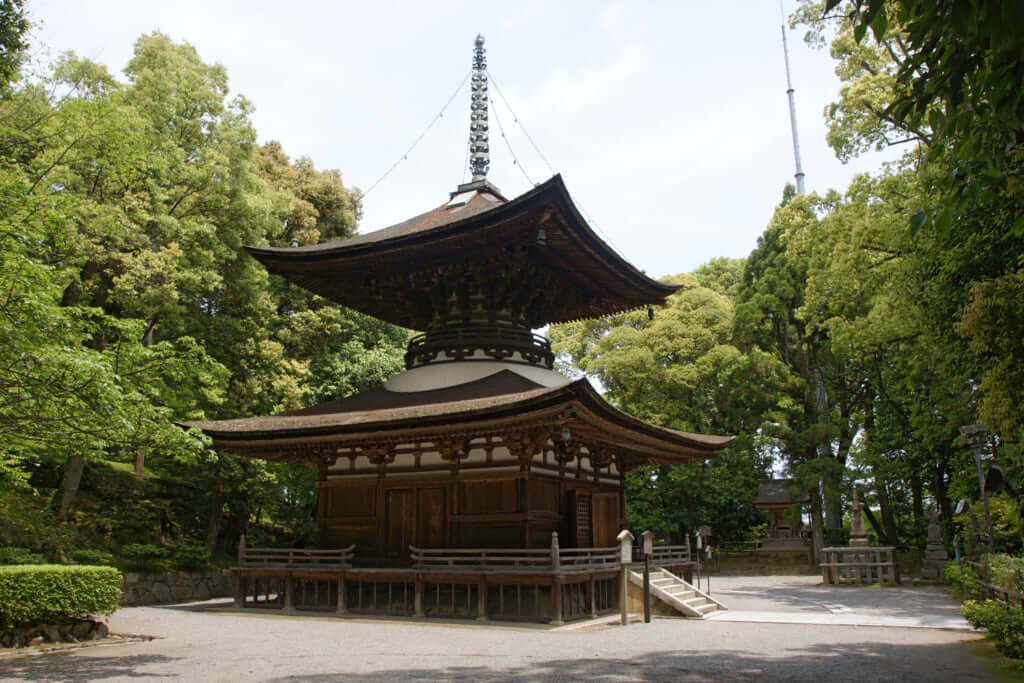
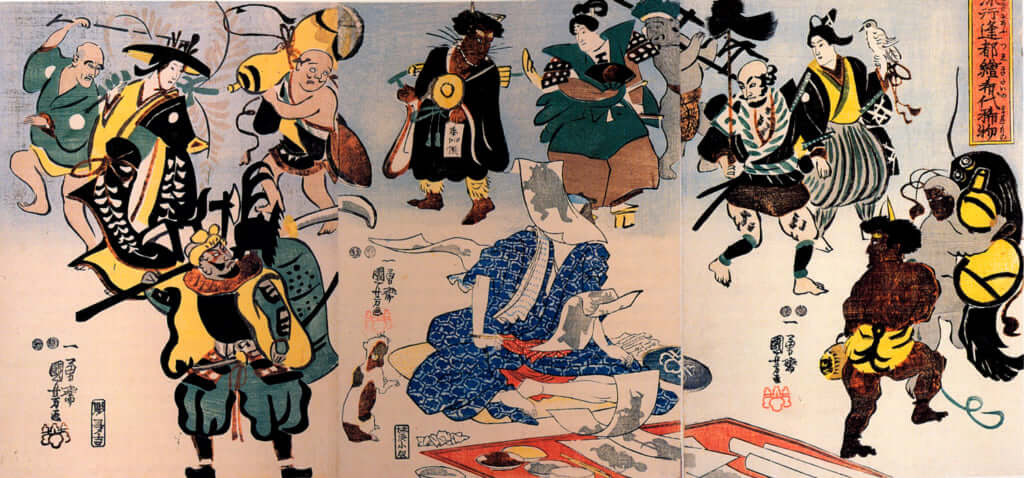
4 - Uji, a producer of exceptional tea
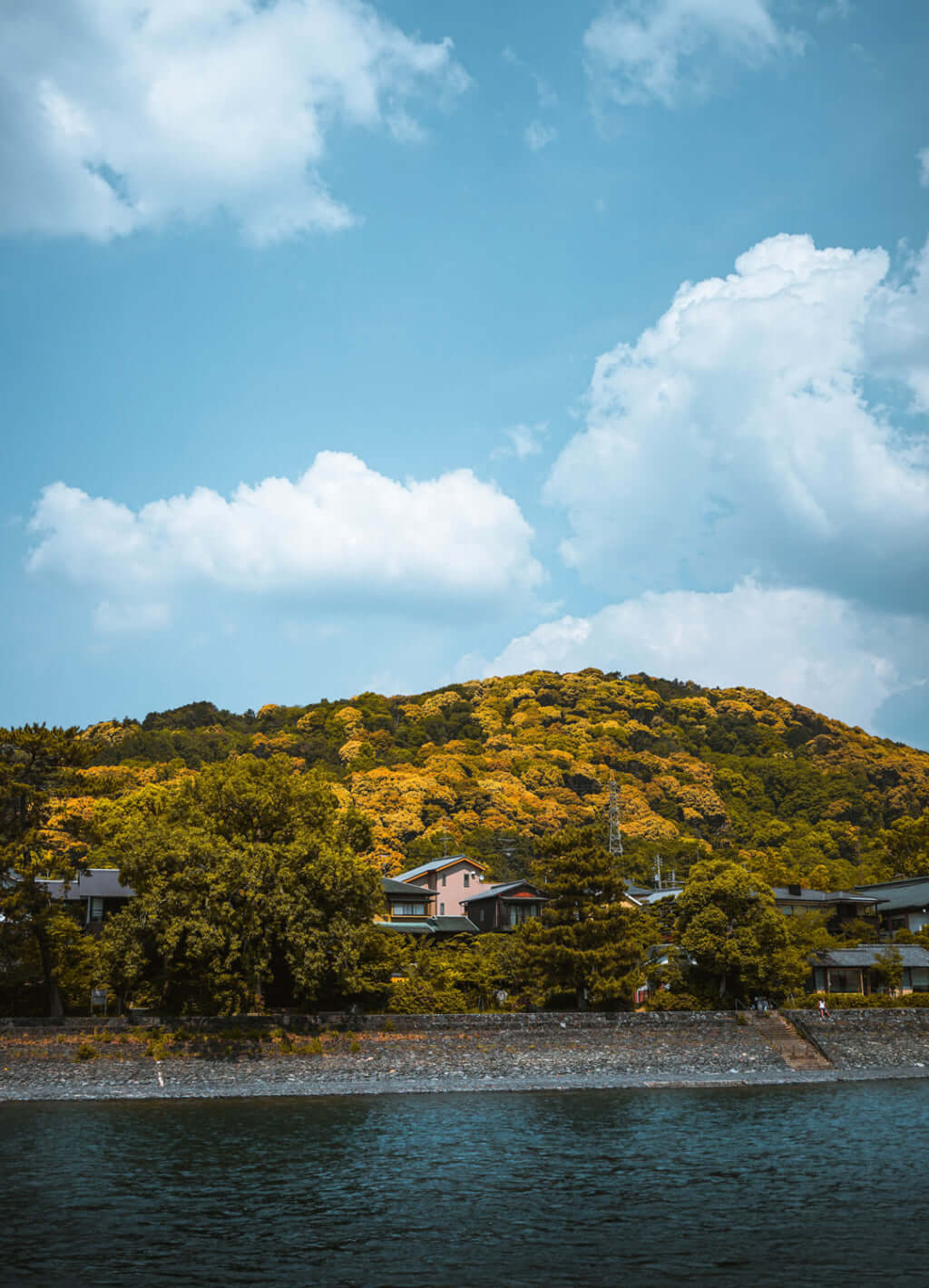
©Dongtek O
It is impossible to avoid green tea when visiting Uji, a town that has been supplying the best tea houses in Kyoto since the 13th century and whose matcha is renowned throughout the country for being the best in the world.
Whether in a pedestrian street, in one of the old districts by the Uji-bashi bridge built in the the 7th century or on the more modern main roads, little shops and restaurants remind passers-by that this is the town of Uji-cha, the Japanese capital of these precious green leaves. In the summer it is ice cream that carries the matcha flavour, while in winter, it is warm beverages. You’ll also find matcha cakes, sweets, milk and even soba noodles!
1st October is the optimal time to visit when the town celebrates water, a key component of tea. The residents undertake various rituals to thank eminent people from the history of tea, and to request benevolence from the gods for the purity of the water supply.
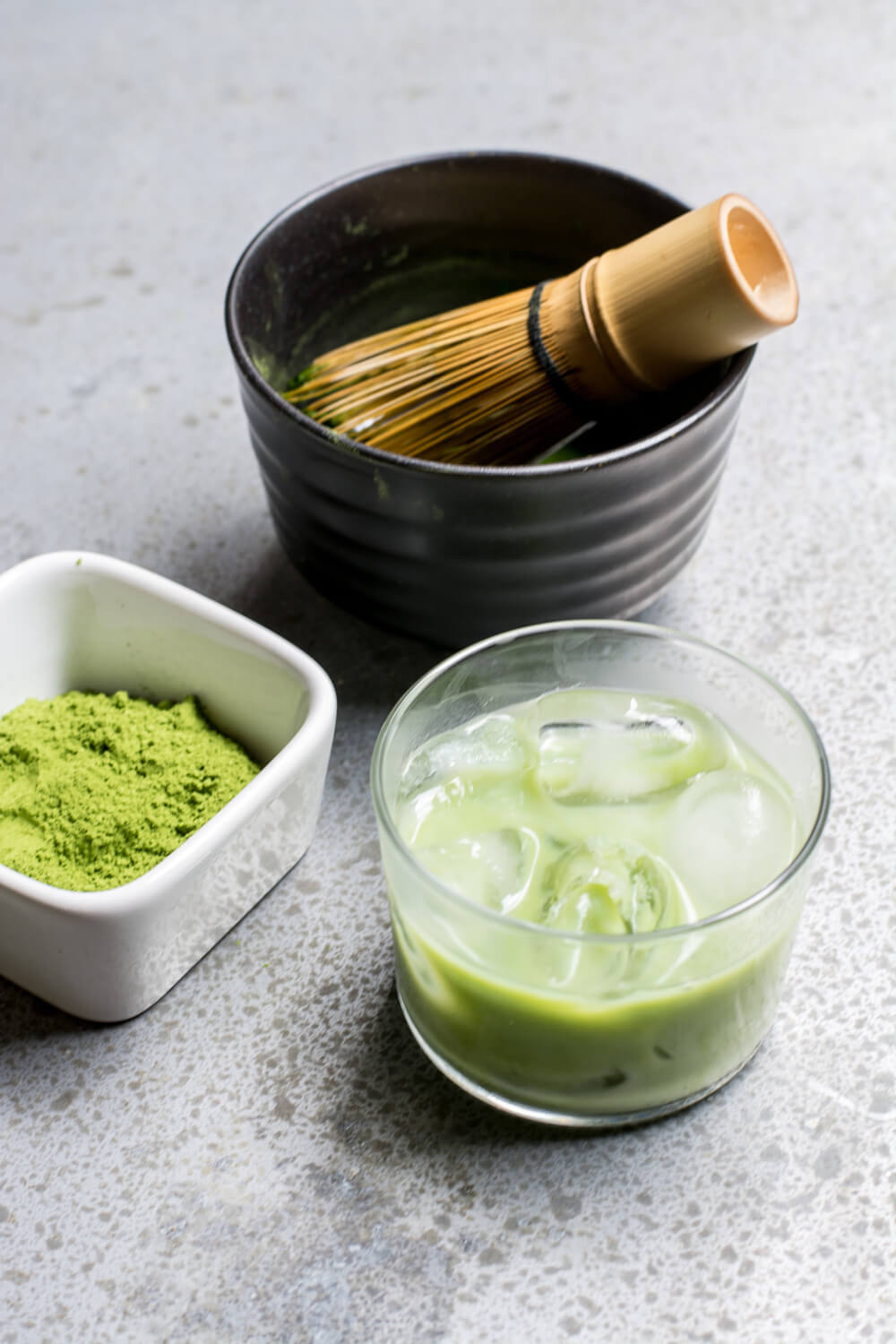
©Alice Pasqual
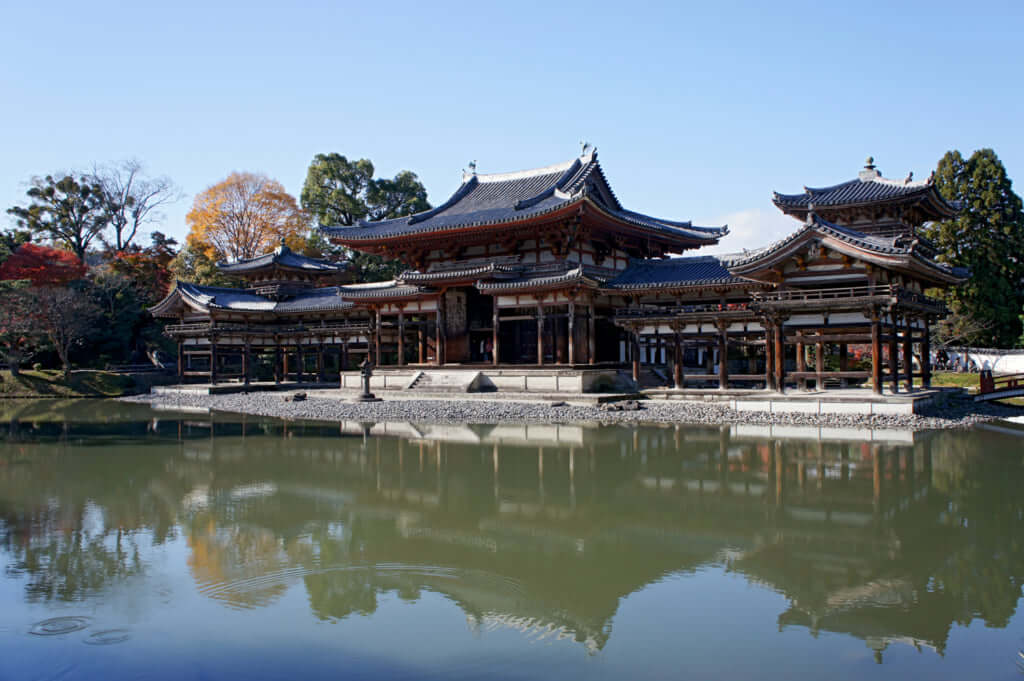
Mount Hinei
Ichijoji Idegadanichosenguchi, Sakyō-ku, Kyoto, Kyoto Prefecture 606-0000, Japan
Enryaku-ji Temple
4220 Sakamoto Honmachi, Otsu City, Shiga
www.hieizan.gr.jp/en/TRENDING
-
A House from the Taisho Era Reveals Its Secrets
While visiting an abandoned building, Hamish Campbell discovered photographs the owner had taken of the place in the 1920s.

-
The Taboo-Breaking Erotica of Toshio Saeki
The master of the 1970s Japanese avant-garde reimagined his most iconic artworks for a limited box set with silkscreen artist Fumie Taniyama.

-
With Meisa Fujishiro, Tokyo's Nudes Stand Tall
In the series 'Sketches of Tokyo', the photographer revisits the genre by bringing it face to face with the capital's architecture.

-
Masahisa Fukase's Family Portraits
In his series ‘Family’, the photographer compiles surprising photos in which he questions death, the inescapable.

-
Hajime Sorayama's Futuristic Eroticism
The illustrator is the pioneer for a form of hyperrealism that combines sensuality and technology and depicts sexualised robots.





